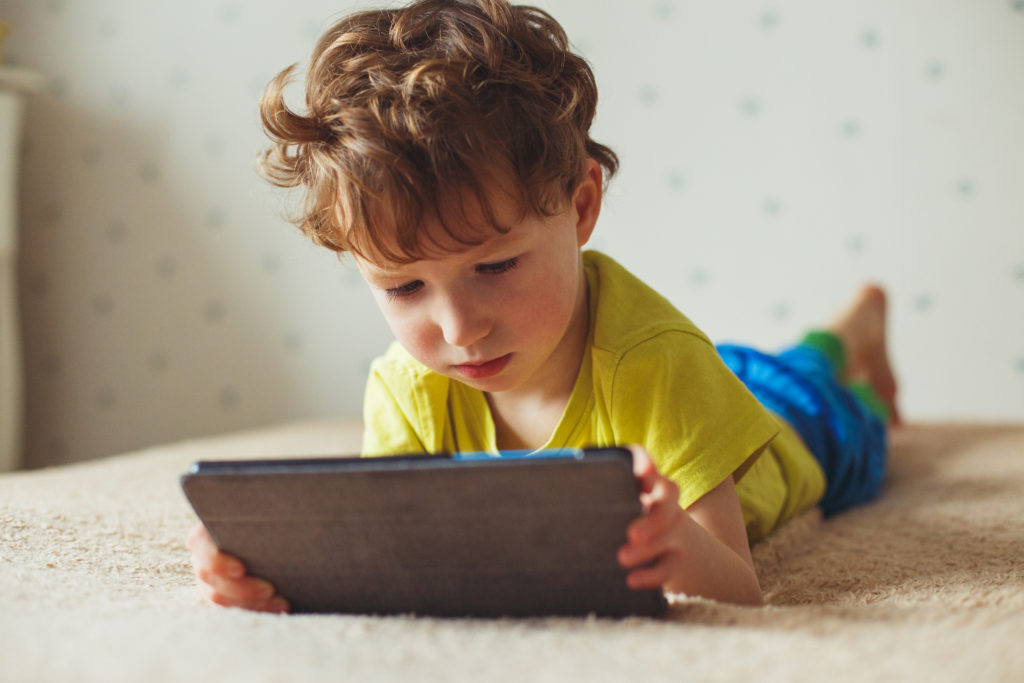
The Effects of Screen Time on Children’s Eyes
As physical distancing measures continue, children are also probably getting more screen time than before. Our last blog covered the effects of excessive screen time on adult vision, but what about kids? Here’s what to watch out for and ways you can help protect your child’s eye health.
Digital Eye Strain
Similar to adults, children can experience digital eye strain from staring at a screen for too long. Their eyes can also become dry and irritated from not blinking often enough. The issue can be worse for kids who look up at a screen set for adult height.
Blue Light Exposure
Young eyes may be more sensitive to blue light from modern screens. Blue light has a cumulative effect; the more time kids are exposed to it without proper eye protection, the greater their risk may be for developing vision-related problems later in life.
Possible Link to Nearsightedness
Childhood myopia or nearsightedness is becoming increasingly common. While the cause is still unknown, some researchers suggest it could be tied to kids’ rising exposure to screens. Others believe it could be due to a lack of natural daylight since screen time tends to keep kids indoors. Either way, more outdoor play and less screen time never hurt.
Impact on Sleep
Exposure to blue light before bedtime can stimulate children, making it tough to fall asleep and disrupting the brain’s sleep rhythms. Even with a full 8 hours of sleep, screen time before bed could cause kids to still feel tired when they wake up.
Tips for limiting screen time:
- Set a clear limit on daily screen time and stick to it. Some apps can help you monitor daily use.
- Encourage outdoor play, at least 60-90 minutes daily when weather permits. Mobile devices and reading outdoors don’t count; kids’ eyes need to focus at a different distance than they would with a screen.
- Establish screen-free zones: examples include in the car, restaurants, and the dinner table.
- No screens at least 1 hour before bedtime.
Help your child build healthy eye habits:
- Position the screen for your child so that they’re looking slightly down at it, not up.
- Adjust lighting to reduce glare on the screen.
- Teach your child the 20-20-20 rule (every 20 minutes, look at something about 20 feet away for at least 20 seconds). You can use a timer or an app for this.
- Schedule regular eye exams for your child. Ask about blue light protection options for kids.
How concerned should you be?
In reality, screen time is part of our daily lives and is not all bad. We just need to be aware of its potential effects and take steps to protect our kids, as well as ourselves, from them when possible. By stating clear limits and modelling healthy habits, we can set our children up for good eye health in the future.
Posted in Eye Health, Paediatric
